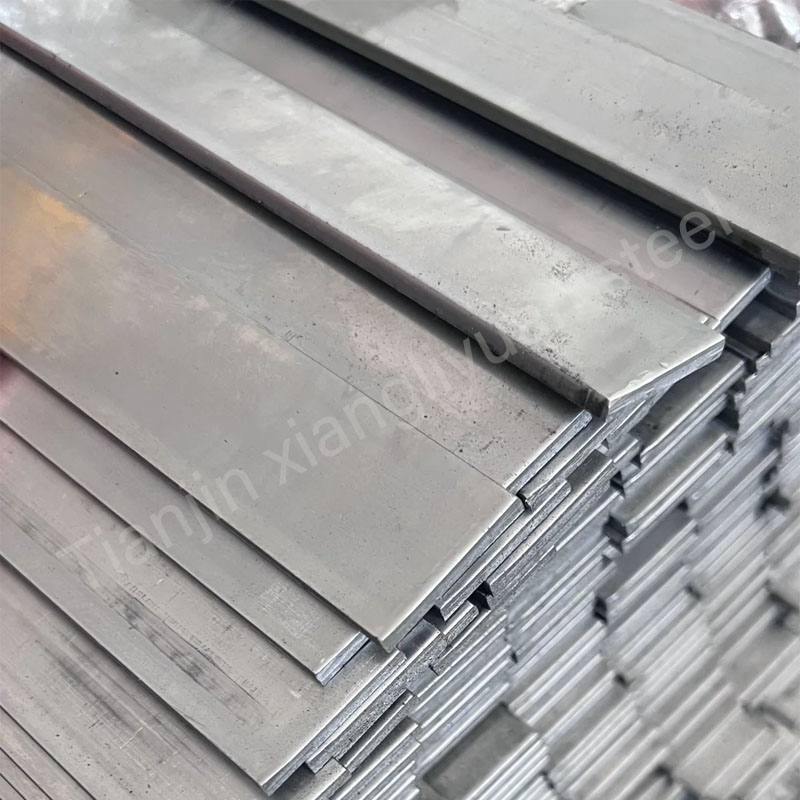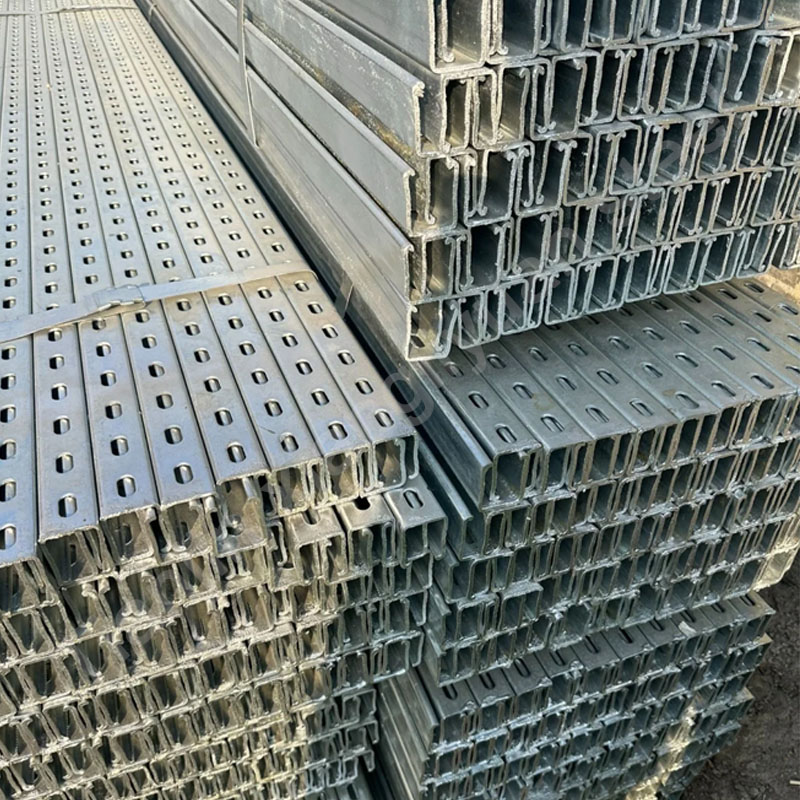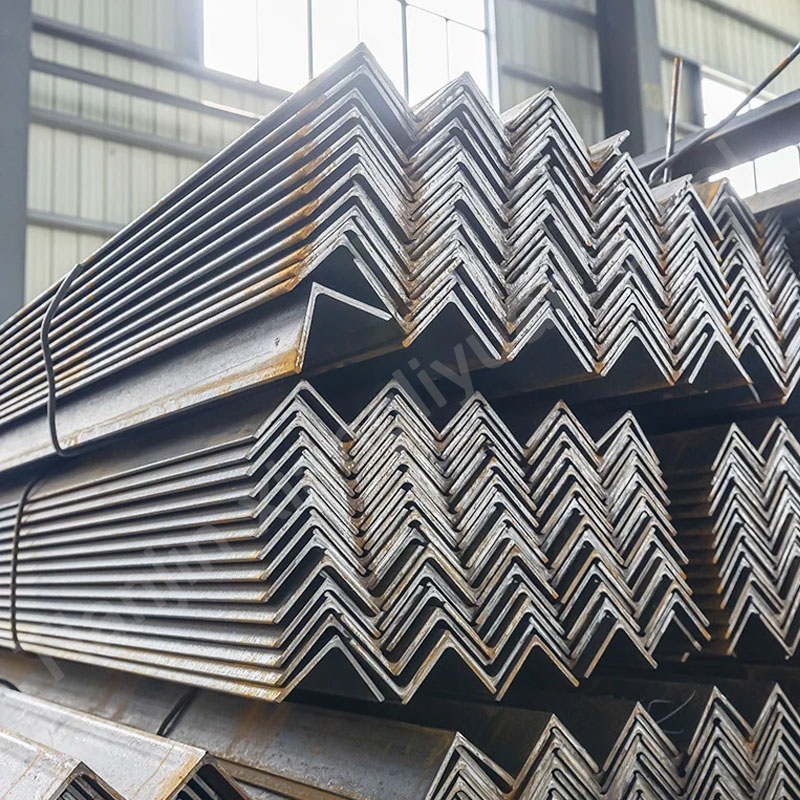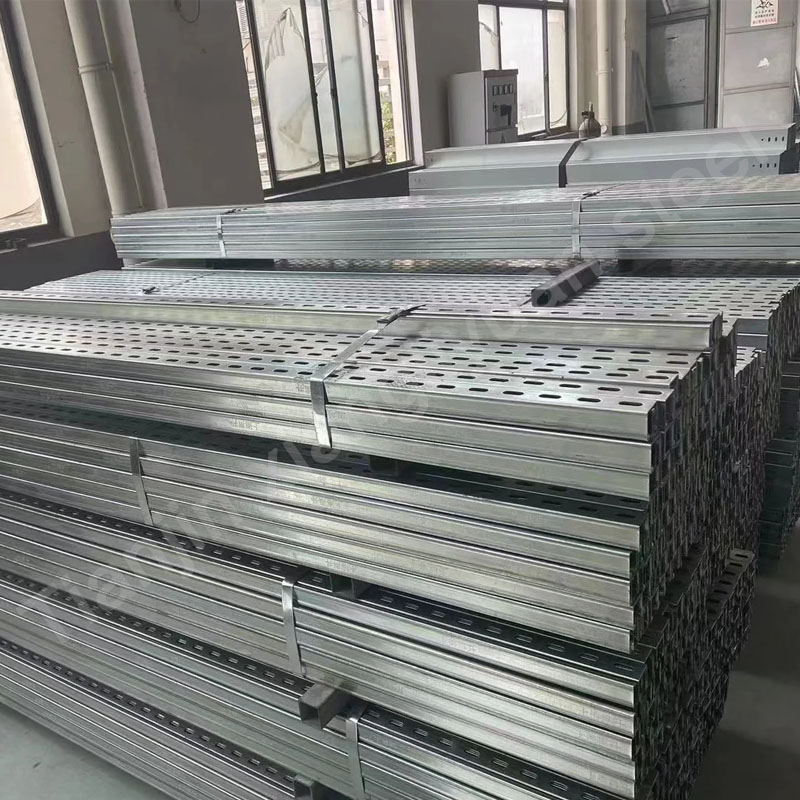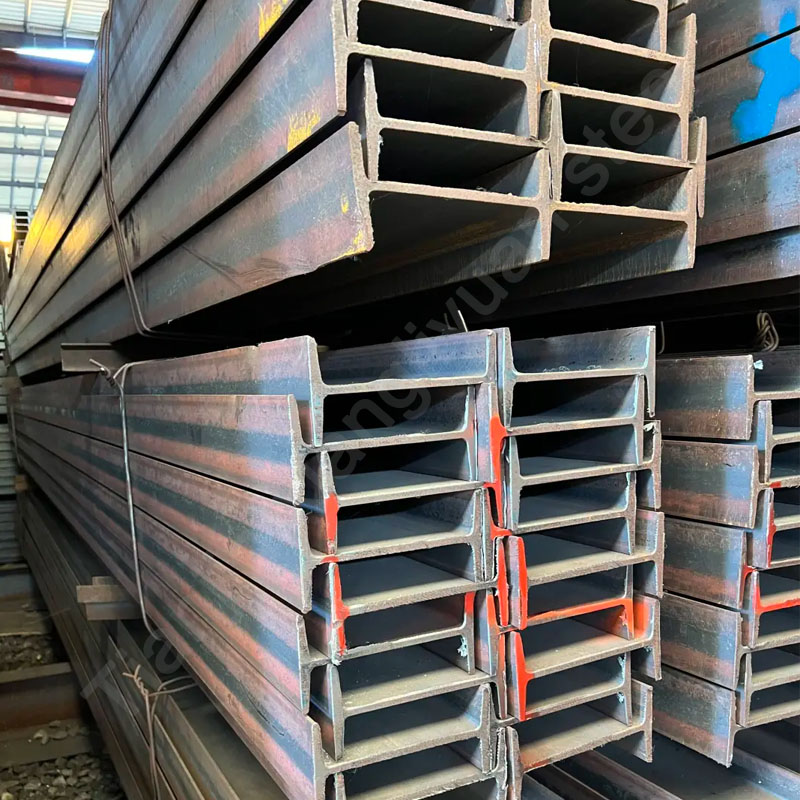Introduction to Flat Steel
Flat steel, also known as steel flat bar or flat bar steel, is a versatile and widely used metal product characterized by its rectangular cross-section with squared or rounded edges. It is manufactured through hot-rolling or cold-rolling processes and serves as a foundational material in construction, manufacturing, automotive, and engineering industries. Renowned for its high strength, ease of fabrication, and cost-effectiveness, flat steel is employed in structural frameworks, machinery parts, decorative elements, and more.
This guide delves into the material grades, classifications, international standards, dimensional specifications, and applications of flat steel. Whether you’re an engineer, fabricator, or procurement specialist, understanding these factors will help you select the ideal flat steel for your project’s requirements.
Key Materials and Steel Grades for Flat Steel
Flat steel is produced in various grades to meet specific mechanical, chemical, and environmental demands. Common materials include carbon steel, alloy steel, and stainless steel.
1. Carbon Steel Flat Bars
ASTM A36 (USA): General-purpose carbon steel with 36 ksi yield strength, ideal for welding and machining.
EN 10025 S235JR/S275JR (Europe): Non-alloy structural steel for construction and machinery.
JIS G3101 SS400 (Japan): Rolled steel with 400 MPa tensile strength.
GB/T 700 Q235B (China): Carbon structural steel with 235 MPa yield strength.
2. Alloy Steel Flat Bars
ASTM A572 Gr. 50: High-strength low-alloy (HSLA) steel for heavy-load applications.
EN 10025 S355JR/S355J2: Enhanced toughness for bridges and industrial equipment.
3. Stainless Steel Flat Bars
ASTM A276/AISI 304/316: Austenitic stainless steel for corrosive environments (e.g., marine, food processing).
EN 1.4301/1.4401: Equivalent to AISI 304/316 in European standards.
4. Galvanized Flat Steel
ASTM A653 (USA): Zinc-coated (G60, G90) for outdoor and high-moisture applications.
EN 10346 (Europe): Hot-dip galvanized flat bars with superior rust resistance.
Classification of Flat Steel
Flat steel is categorized based on manufacturing processes, surface treatments, and dimensional profiles:
1. By Production Method
Hot-Rolled Flat Steel: Produced at high temperatures; cost-effective with a scaled surface.
Cold-Rolled Flat Steel: Processed at room temperature for precise dimensions and smooth finishes.
2. By Surface Finish
Mill Finish: Raw, untreated surface for industrial applications.
Galvanized: Zinc-coated for corrosion resistance.
Polished/Mirror Finish: Aesthetic appeal for architectural or decorative uses.
3. By Edge Type
Square Edges: Sharp 90-degree edges for structural frameworks.
Rounded Edges: Safer for handling and decorative projects.
International Standards for Flat Steel
Global standards ensure consistency in dimensions, tolerances, and mechanical properties:
| Standard | Region | Key Specifications |
|---|---|---|
| ASTM A36/A572 | USA | Carbon and HSLA steel for construction. |
| EN 10025/EN 10088 | Europe | Structural and stainless steel flat bars. |
| JIS G3101/G4304 | Japan | Carbon and stainless steel specifications. |
| GB/T 702/1220 | China | Hot-rolled and cold-rolled flat steel. |
| AS/NZS 3679.1 | Australia | Structural steel flat bars for engineering. |
Standard Dimensions and Specifications
Flat steel is available in standardized sizes to suit diverse industrial needs:
Hot-Rolled Flat Steel Sizes
| Thickness (mm) | Width (mm) | Length (m) | Weight (kg/m) |
|---|---|---|---|
| 3 | 20–200 | 6–12 | 0.47–4.71 |
| 10 | 50–300 | 6–12 | 3.93–23.56 |
| 20 | 100–500 | 6–12 | 15.7–78.5 |
Cold-Rolled Flat Steel Sizes
| Thickness (mm) | Width (mm) | Length (m) | Tolerance |
|---|---|---|---|
| 0.5–5 | 10–200 | 2–6 | ±0.1 mm |
| 6–12 | 50–300 | 2–6 | ±0.2 mm |
Customization: Available in pre-cut lengths, drilled holes, or welded assemblies.
Applications of Flat Steel
Flat steel’s adaptability makes it indispensable across industries:
Construction:
Structural supports, brackets, and base plates.
Reinforcing concrete slabs and beams.
Manufacturing:
Machine frames, gears, and tooling components.
Conveyor systems and assembly line guides.
Automotive:
Chassis components, suspension parts, and brackets.
Custom modifications and repair patches.
Architecture:
Handrails, decorative trims, and signage.
Stainless steel flat bars for modern façades.
Energy Sector:
Solar panel mounts and wind turbine brackets.
Pipeline supports and electrical enclosures.
How to Choose the Right Flat Steel
Load Requirements:
Use hot-rolled flat steel (e.g., ASTM A36) for heavy structural loads.
Opt for cold-rolled flat steel (e.g., EN 10130) for precision parts.
Environmental Conditions:
Choose galvanized or stainless steel in corrosive or outdoor environments.
Budget:
Carbon steel is cost-effective for general use, while alloy/stainless steel suits specialized needs.
Why Opt for High-Quality Flat Steel?
Durability: Resists deformation, wear, and environmental damage.
Versatility: Easily cut, welded, drilled, or bent into custom shapes.
Compliance: Meets ASTM, EN, and JIS standards for safety certifications.
Aesthetic Flexibility: Available in polished, coated, or painted finishes.
Flat steel is a cornerstone of industrial and architectural design, offering unmatched strength and adaptability. By selecting the appropriate grade (e.g., ASTM A36, EN S235JR), adhering to international standards, and understanding dimensional specifications, businesses can optimize performance in applications ranging from skyscrapers to precision machinery.
For industries seeking reliable flat steel, working with a certified supplier ensures a high-quality product that meets your needs. Explore Tianjin Xiangliyuan Steel’s range of hot-rolled, cold-rolled and galvanized flat steel designed for durability and precision.

